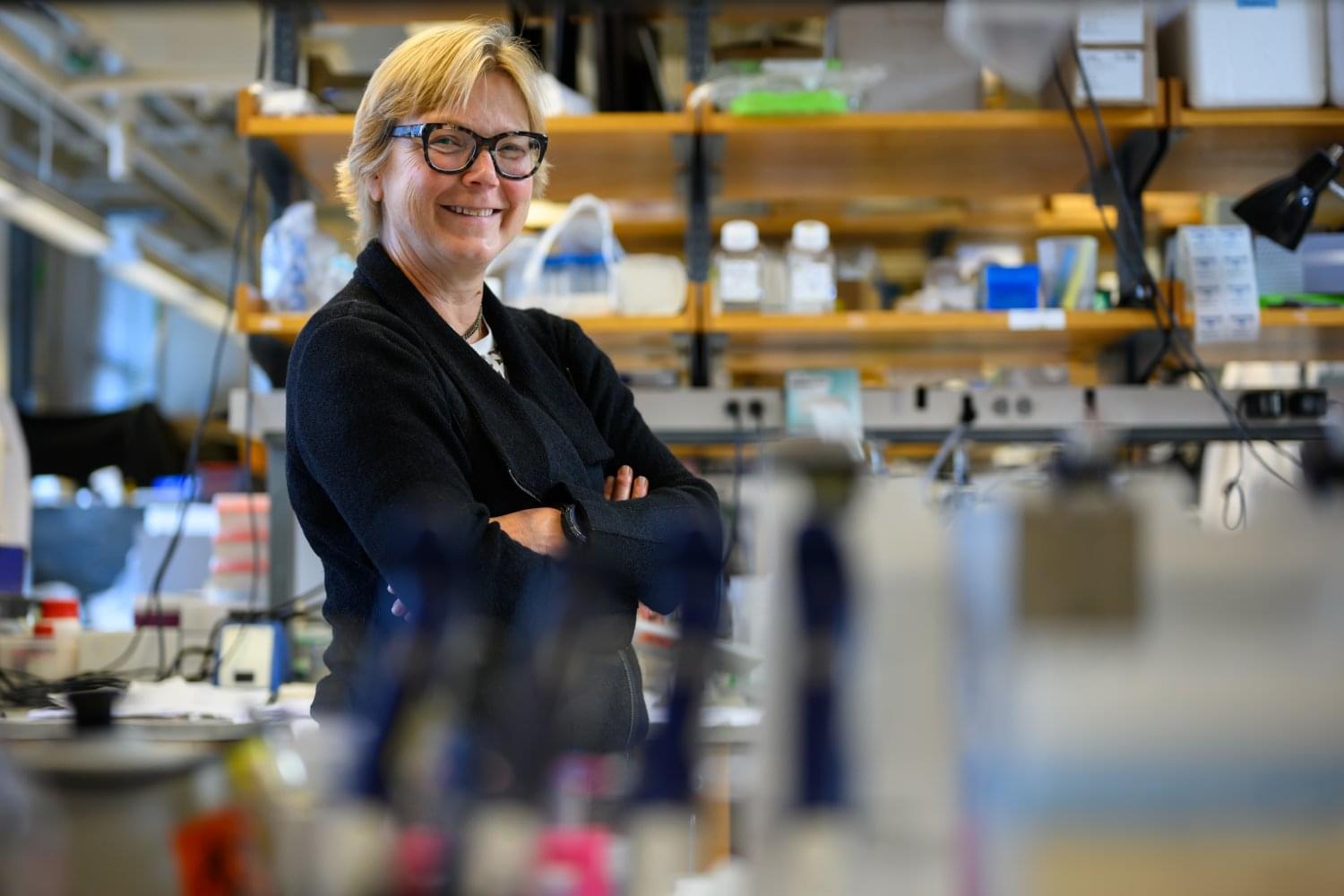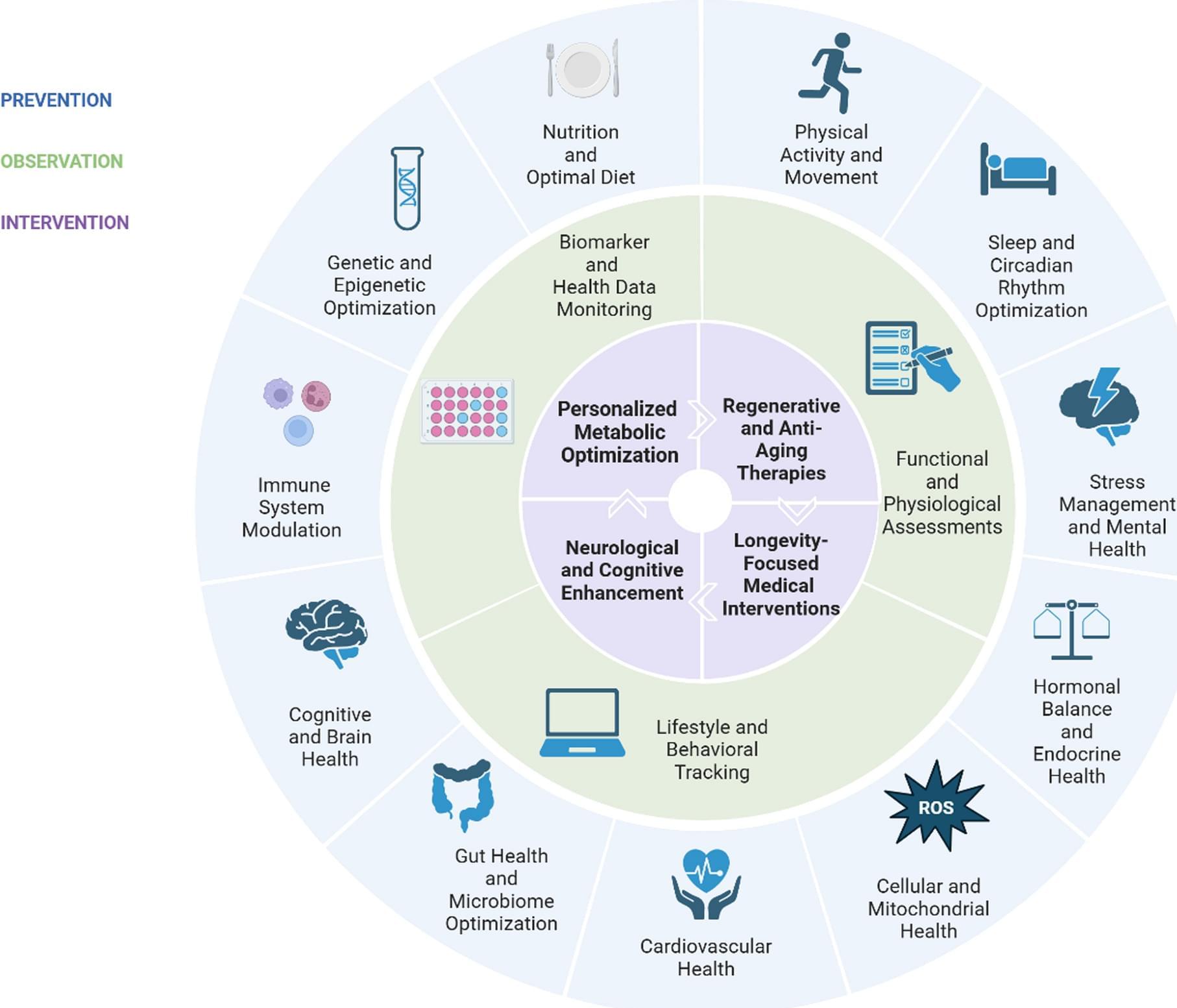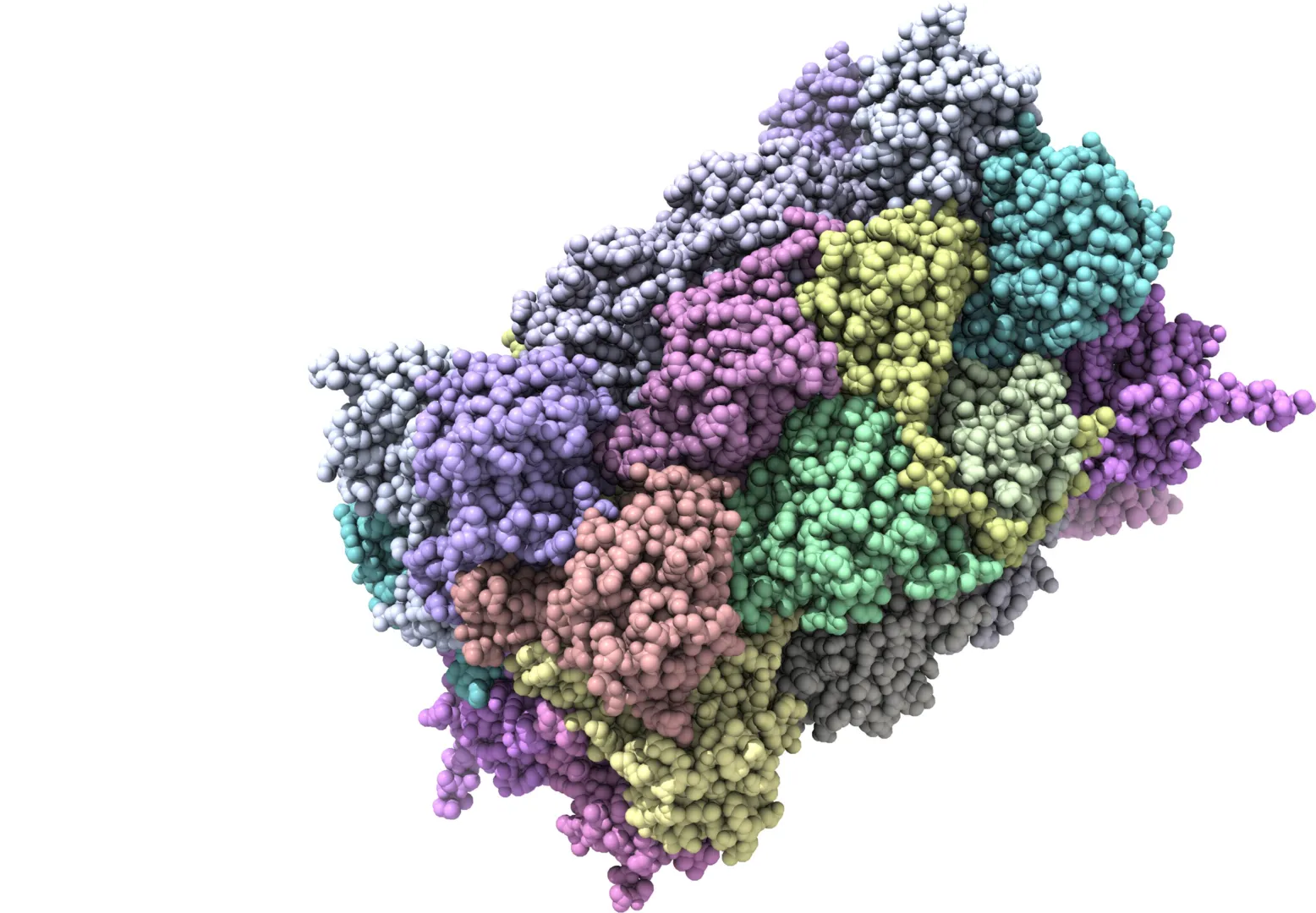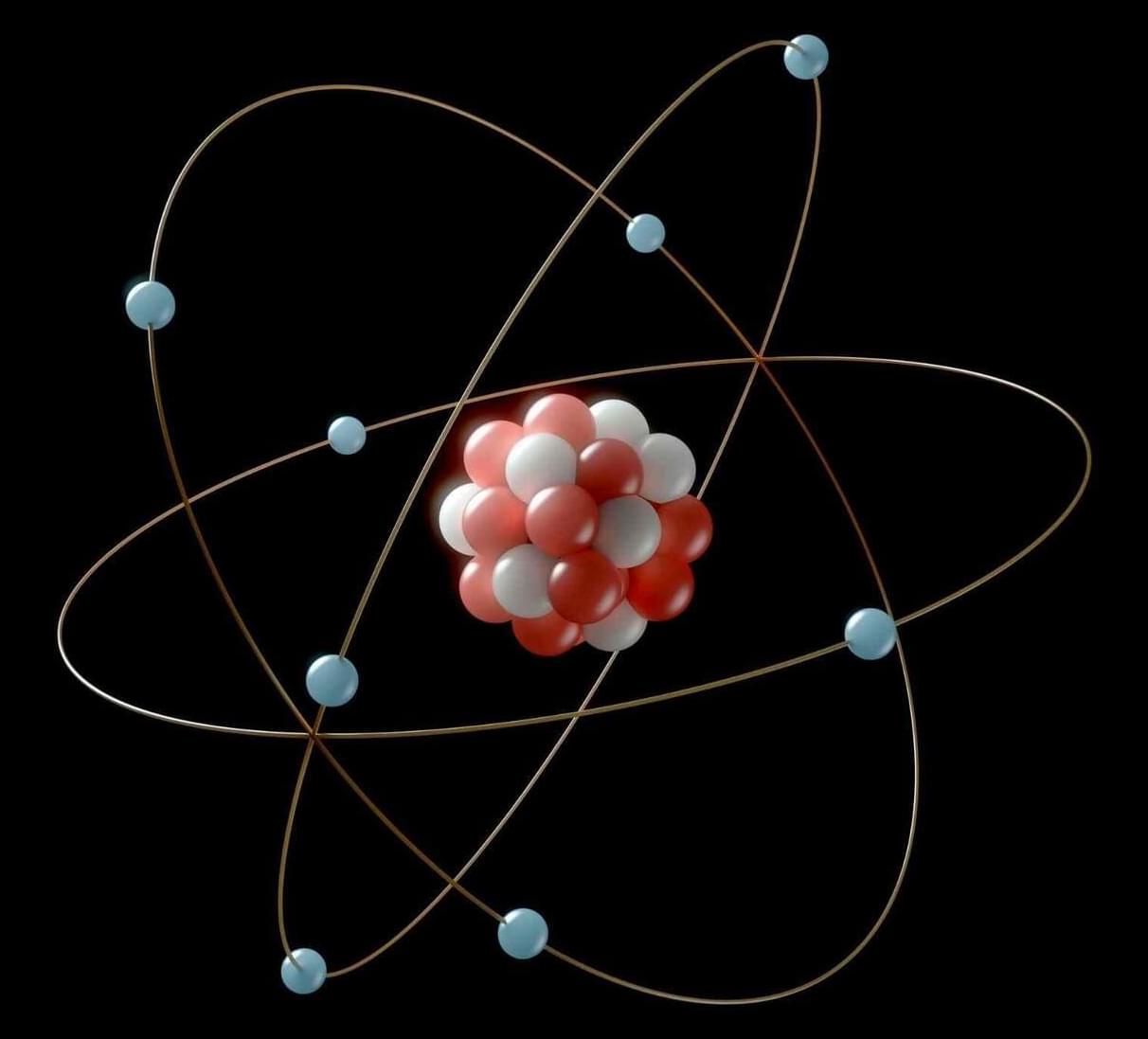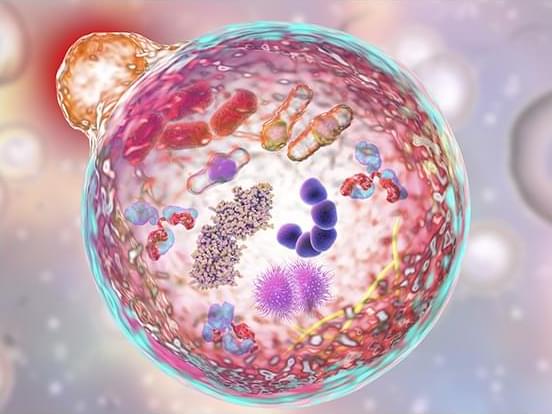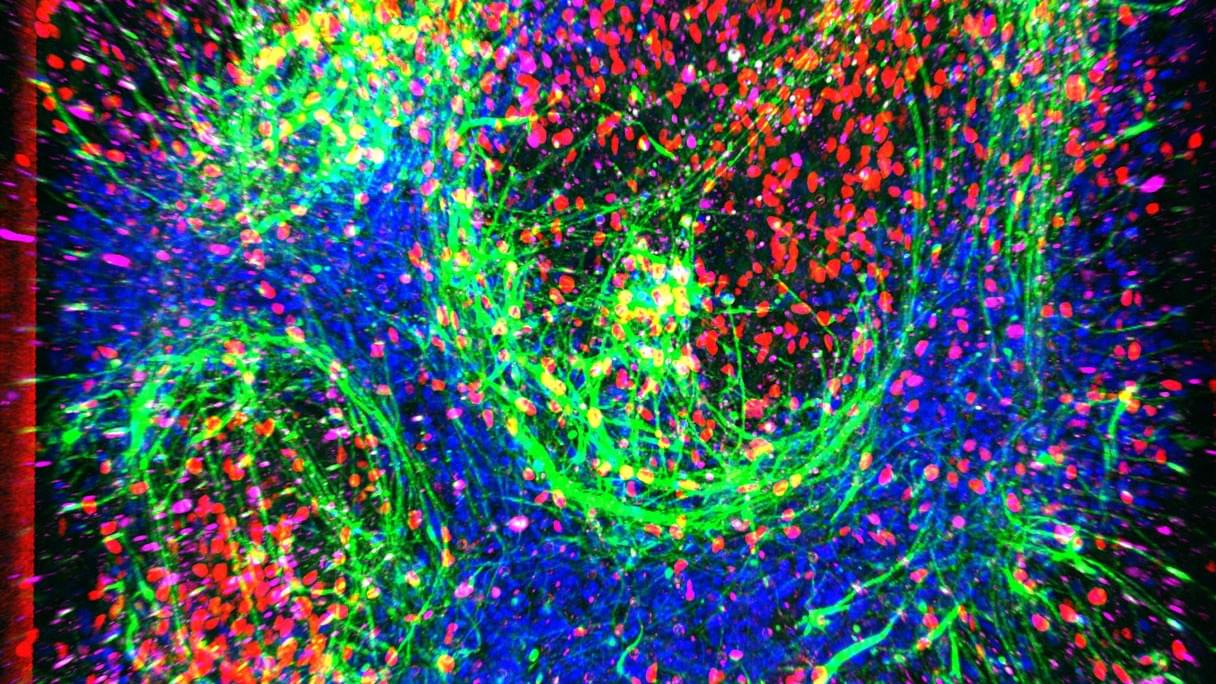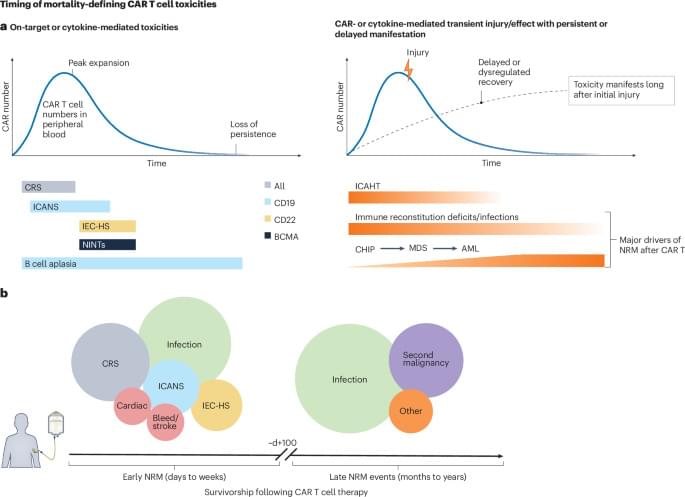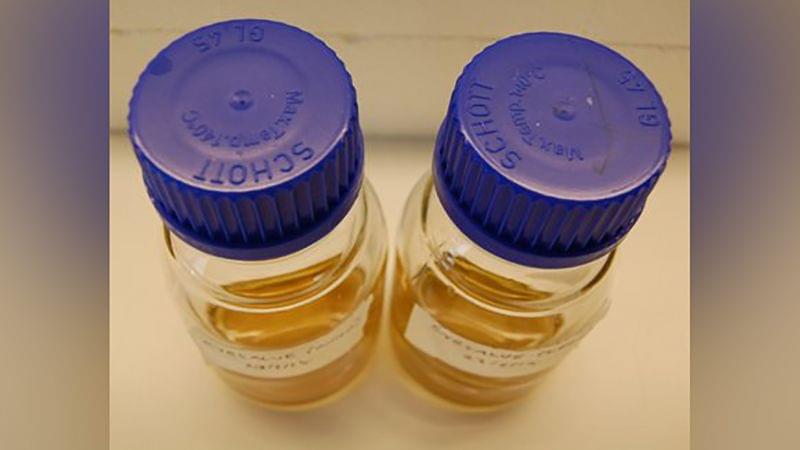Despite significant advances in aging research, translating these findings into clinical practice remains a challenge. Aging is a complex, multifactorial process shaped by many factors including genetic, metabolic, and environmental factors. While medical advancements have extended lifespan, healthspan remains constrained by cellular senescence, telomere attrition, and systemic inflammation—core hallmarks of biological aging. However, emerging evidence suggests that telomere dynamic is not inevitable but can be influenced by oxidative stress, lifestyle choices, and metabolic regulation. This review examines how telomere-based biomarkers and metabolic interventions can drive personalized longevity medicine, enabling targeted strategies to delay aging.
